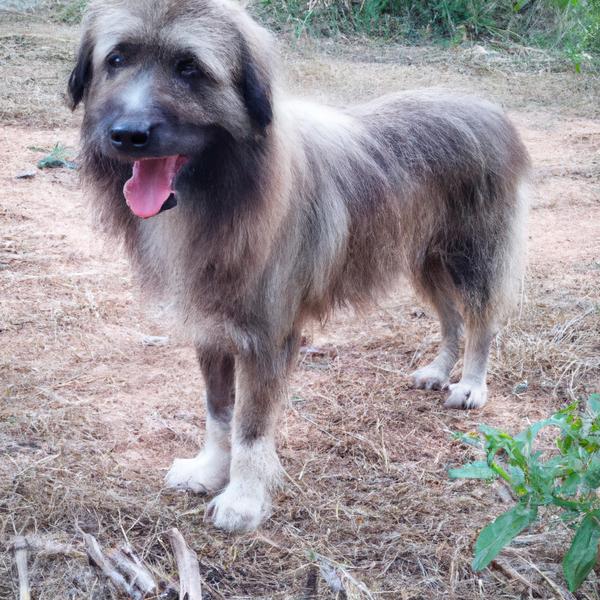Papiox vs. Boxer Chow: Breed Differences and Similarities
Hypoallergenic
Are Papioxs or Boxer Chows hypoallergenic, or neither?
Unfortunately, neither Papiox nor Boxer Chow are hypoallergenic, which may not make them the best choice for dog lovers who suffer from pet allergies.
Temperament
What are the personalities of Papiox and Boxer Chow dogs?
Playful
Happy
Energetic
Alert
Intelligent
Friendly
Loyal
Spirited
Playful
Aloof
Independent
Energetic
Protective
Intelligent
Confident
Friendly
Loyal
Fearless
Quiet
Brave
Bright
Detached
Shedding Level
Do Papioxs shed more than Boxer Chows, or which breed sheds more, Papioxs or Boxer Chows?
Papioxs are low shedding dogs, requiring minimal coat care.
Boxer Chows are heavy shedders, but regular brushing can help manage shedding and promote a healthy coat.
Origin
What is the origin of Papiox and Boxer Chow dog breeds?
United States
United States
Ancestry
What are the origins of Papiox and Boxer Chow breeds?
Toy Fox Terrier, Papillon
Boxer and Chow Chow
Date of Birth
When were Papiox and Boxer Chow breeds first developed?
Unknown
2000s
Eye Color Possibilites
What are the eye colors of Papiox and Boxer Chow dogs?
Brown
Brown
Nose Color Possibilites
What are the natural nose colors of Papiox and Boxer Chow?
Black
Black
Coat Color Possibilites
What are the natural colors of the coat for Papiox and Boxer Chow breeds?
Black
Brown
Red
White
Brown
White
Cream
Coat Length
What is the typical coat length for Papiox and Boxer Chow breeds?
Papioxs have medium-length coats.
Boxer Chows have short coats.
Coat Density
What is the density of the coat of Papiox and Boxer Chow?
Coat Texture
What is the hair texture of Papiox and Boxer Chow?
Straight
Litter Size
What is the usual litter size for Papiox and Boxer Chow?
A Papiox can have a litter of 2-6 puppies on average. However, it's worth noting that the size of the litters can vary greatly. Factors that can influence litter size include the health of the mother, breeding history, and genetics.
A Boxer Chow can have a litter of 2-10 puppies on average. However, it's worth noting that the size of the litters can vary greatly. Factors that can influence litter size include the health of the mother, breeding history, and genetics.
Adaptability
Papioxs are highly adaptable and versatile, making them excellent companions for families and individuals of all lifestyles.
Boxer Chows have average adaptability to changes in lifestyle and living environments compared to other breeds.
Health Issues
Between Papiox and Boxer Chow, which breed is more prone to health problems?
Papiox and Boxer Chow breeds are generally considered to be healthy. However, like all breeds, they are susceptible to certain health issues and it is important to keep an eye out for them and address them with your veterinarian as needed.
Major Concerns
What are the major health concerns for Papiox and Boxer Chow breeds?
Portacaval Shunt
Hip Dysplasia
Bloat
Hypothyroidism
Cancer
Minor Concerns
What minor health issues should be kept in mind when owning Papiox and Boxer Chow?
Cataracts
Glaucoma
Hypothyroidism
Food Allergies
Patellar Luxation
Entropion
Occasional Tests
What occasional tests are recommended for Papiox and Boxer Chow breeds?
Eye Examination
Radiographs
Blood Sugar and Thyroid Tests
Complete Physical Examination
X-Rays
Eye Examination
Physical Examination
Blood Work
Radiography
Social Needs
Papiox vs Boxer Chow social needs comparison
Papiox has very high social needs and requires regular mental and physical stimulation, a job or purpose, and companionship.
Boxer Chow has above average social needs and thrives with interaction with humans and other dogs.
Sleeping Need
Which of the two sleeps the most/least: Papiox or Boxer Chow?
Papioxs sleep less than other breeds but still need adequate sleep for good health.
Boxer Chows have moderate energy levels and typical sleep patterns of 12-14 hours per day.
Mouthiness
Mouthiness Comparison: Papiox vs Boxer Chow?
Roaming urge
Papiox vs Labrador: Running away tendency?
Prey Drive
Papiox or Boxer Chow - which breed has a higher level of prey drive?
Activity Level
Which breed has higher energy, Papioxs or Boxer Chows?
Papioxs are medium-energy dogs and typically enjoy socializing and playing casual or even sustained games of chase with other dogs. They may also have occasional periods of barking or racing around the house.
Boxer Chows are high-energy dogs. They need mental as well as physical exercise. These dogs require a lot of your involvement and without it they can, and will, become problematic dogs.
Tolerance of being left alone
Walks per Week
How many miles should Papiox or Boxer Chow walk each week?
There's really no limit to how far you walk your dog as long as they're comfortable. For Papiox, it's at least 5 miles / week. Just remember to build distance and stamina gradually over time.
There's really no limit to how far you walk your dog as long as they're comfortable. For Boxer Chow, it's at least 9 miles / week. Just remember to build distance and stamina gradually over time.
Activity per Day
Do Papioxs or Boxer Chows require more exercise?
In general most Papioxs usually need at least 30 minutes of exercise daily. This can be spread across the day and include all sorts of high-energy activities, like walking, running and playing.
In general most Boxer Chows usually need at least 45 minutes of exercise daily. This can be spread across the day and include all sorts of high-energy activities, like walking, running and playing.
Grooming
Which breed is easier to maintain in terms of grooming, Papioxs or Boxer Chows?
The Papiox has low grooming needs and is easy to maintain.
The Boxer Chow requires an average amount of grooming compared to other breeds.
Brushing Frequency
What is the recommended brushing frequency for Papiox and Boxer Chow dogs?
Papiox and Boxer Chow should be brushed at least once a week. Of course, you can give them more frequent brushes if you find that they are still shedding a lot.
Brushing Tools
What brushing tools are used for Papioxs and Boxer Chows?
Pin Brush
Nail Clipper
Pin Brush
Slicker Brush
Nail Clipper
Cups
How much food should be given to Papiox or Boxer Chow in cups?
For an average 4-9 pound (2 - 4 kg) Papiox feed 1 cups daily. But, keep in mind, the amount you feed is going to be dependent on the quality of the food you are feeding.
For an average 50-60 pound (23 - 27 kg) Boxer Chow feed 3 cups daily. But, keep in mind, the amount you feed is going to be dependent on the quality of the food you are feeding.
Daily Cost
Which breed has a higher daily cost, Papiox or Boxer Chow?
The average cost of a Papiox is somewhere $1.00 - $1.40 per day.
The average cost of a Boxer Chow is somewhere $1.70 - $2.00 per day.
Monthly Cost
Which breed has a higher monthly cost, Papiox or Boxer Chow?
The average per month expenses of a Papiox is between $28 - $42. This makes an average of $336 - $504 per year. It will be on the higher side when the dog is still small because it will need more frequent visits to the vet, shots.
The average per month expenses of a Boxer Chow is between $48 - $63. This makes an average of $576 - $756 per year. It will be on the higher side when the dog is still small because it will need more frequent visits to the vet, shots.
Sensitivity Level
How do Papiox and Boxer Chow compare in sensitivity?
This breed is sensitive and requires gentle handling and a calm home environment.
Boxer Chows have average emotions and adapt well to different situations.
Apartment Friendly
Which breed is more apartment-friendly: Papiox or Boxer Chow?
Papiox and Boxer Chow are apartment-friendly dog breeds. They can do perfectly well in apartments providing they are sufficiently exercised and taken out and about as part of their owner's daily lifestyle.
Child Friendly
Do Papioxs or Boxer Chows have a friendlier temperament towards children?
Papiox and Boxer Chow are average friendly dogs towards children.
Senior-friendly
Which dog is more suitable as a pet for the elderly - Papiox or Boxer Chow?
Cat Friendly
Do Papiox or Boxer Chow breeds have a better compatibility with cats?
Papioxs are very friendly with cats and make great companions for them.
Boxer Chows are average in their friendliness toward cats and tend to do well with them, especially if raised together.
Dog Friendly
Which breed is more sociable with other dogs: Papiox or Boxer Chow?
Papioxs are average in their friendliness towards other dogs, and socialization can help.
Boxer Chows are less friendly towards other dogs, but can improve with socialization.
Pet friendly
How do Papiox or Boxer Chow dogs interact with other pets?
Stranger Friendly
Which breed is more friendly with strangers: Papiox or Boxer Chow?
Papioxs are friendly but may bark at strangers, and training is easy due to their intelligence.
Boxer Chows are quick to announce strangers and can be standoffish or suspicious.
Playfulness
Which breed is more playful between Papiox and Boxer Chow?
Papioxs are very playful, so adopting an older one might be a better option for a more relaxed experience.
Boxer Chows have an average level of playfulness, enjoying playtime like most dogs but not excessively so.
Trainability
How do the trainability levels of Papioxs and Boxer Chows compare?
Papioxs are popular for their ease of training and quick learning ability.
Boxer Chows are usually easy to train but require consistency to fully obey commands.
Compare Papiox with other breeds

Boxita
Papiox vs Boxita
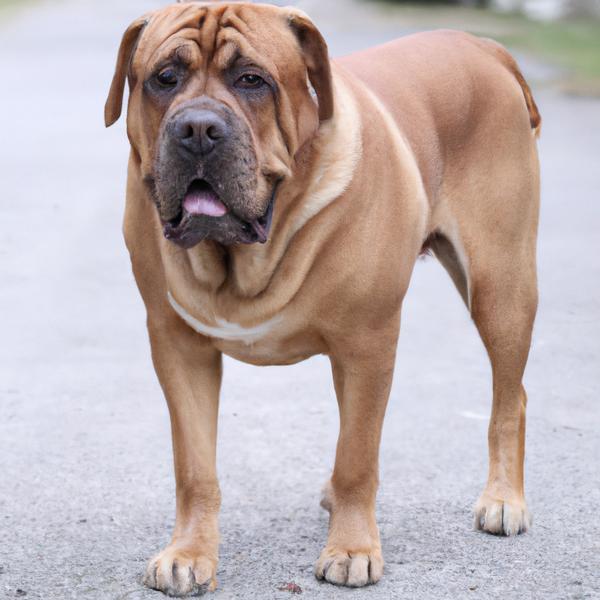
Boxer Chow
Papiox vs Boxer Chow
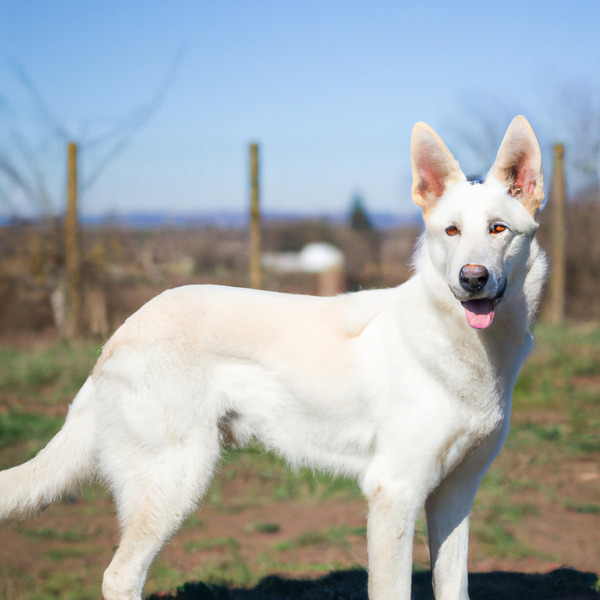
White Shepherd
Papiox vs White Shepherd
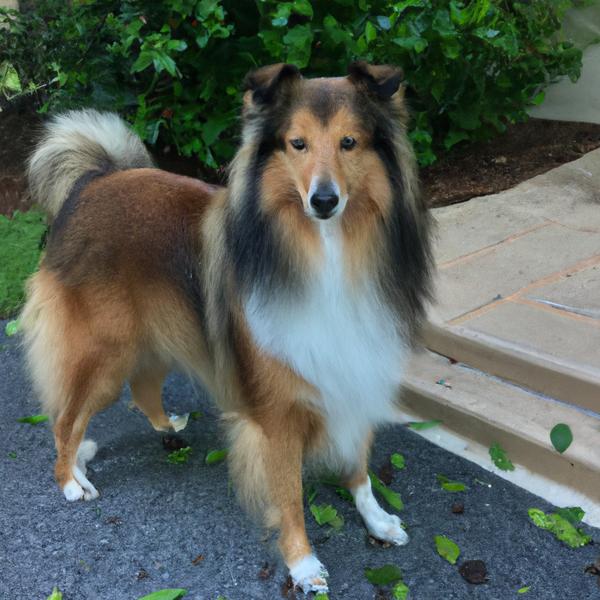
Sheltie Inu
Papiox vs Sheltie Inu

Basset Shepherd
Papiox vs Basset Shepherd
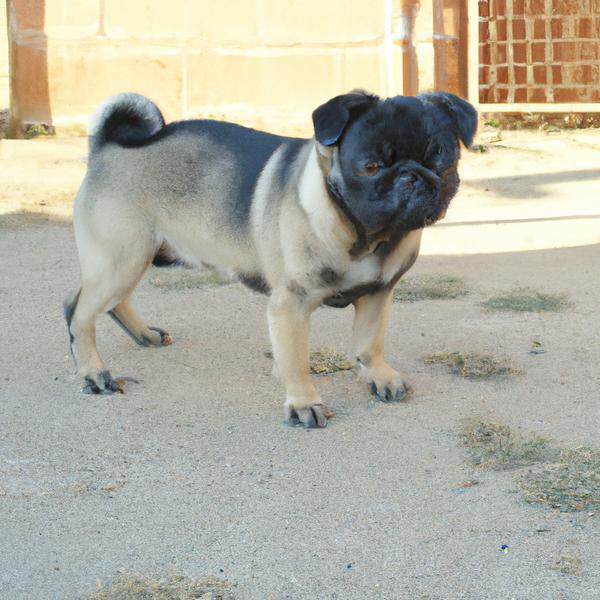
Japug
Papiox vs Japug

Anatolian Pyrenees
Papiox vs Anatolian Pyrenees

Cheenese
Papiox vs Cheenese

Biewer Terrier
Papiox vs Biewer Terrier
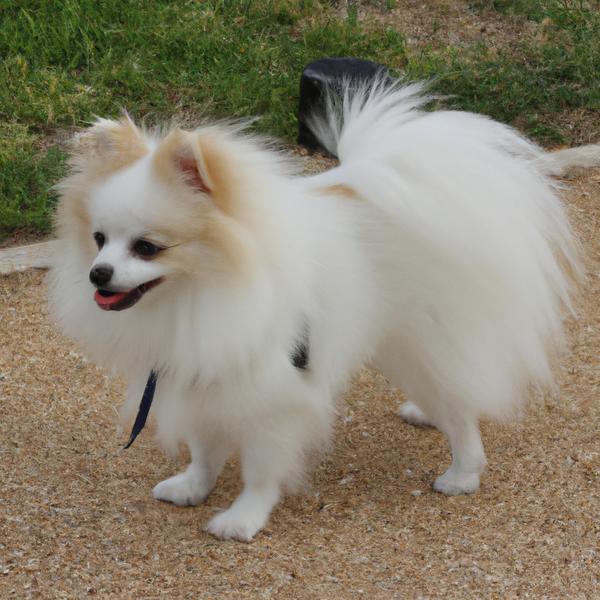
Pom-Coton
Papiox vs Pom-Coton

Cattle Collie Dog
Papiox vs Cattle Collie Dog
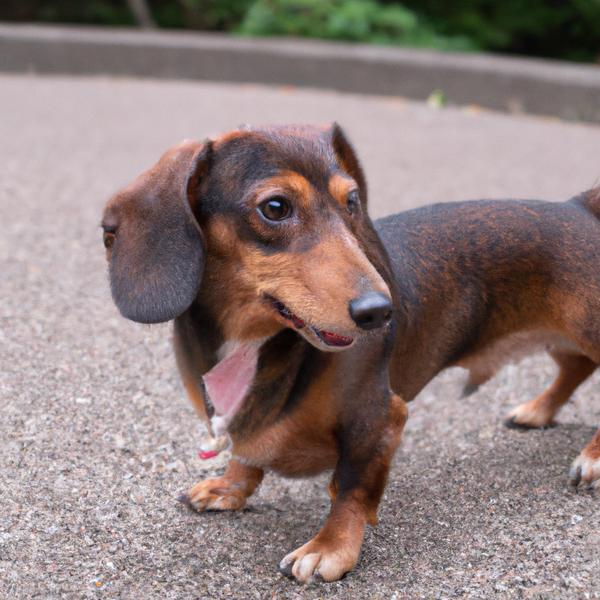
Doxiemo
Papiox vs Doxiemo
